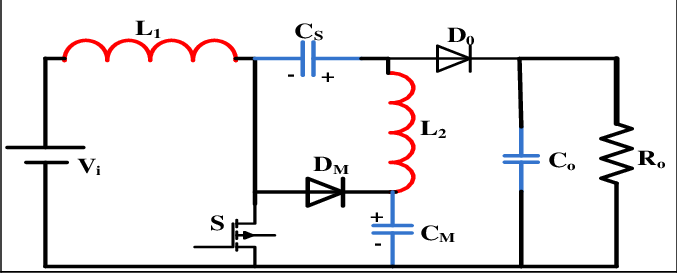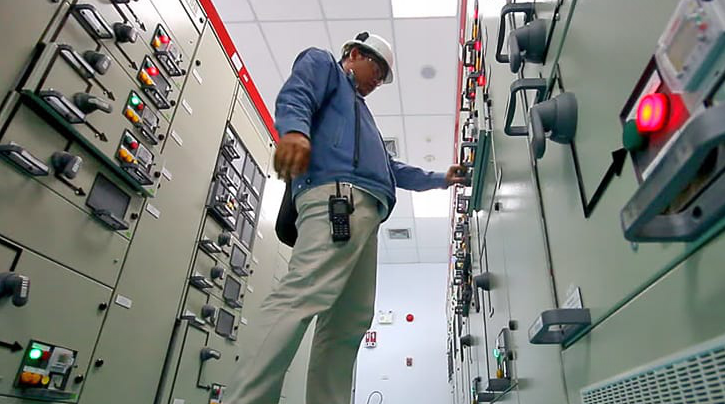news
Unlocking the Power of LEDs: A Comprehensive Guide to the LED Power Series
Author: ZYG Power Module Time: 2023-6-18
LEDs, or light-emitting diodes, have revolutionized the way we illuminate our world. With their energy efficiency, long lifespan, and versatility, LEDs have become the go-to choice for lighting in homes, businesses, and public spaces.
However, not all LEDs are created equal. The brightness, color temperature, and overall performance of an LED light depend largely on the power source used to drive it. That’s where the LED Power Series comes in – a comprehensive guide to the different types of LED power sources and how they can be optimized for maximum performance.
What is the LED Power Series?
The LED Power Series is a collection of power sources specifically designed for use with LED lights. These power sources are available in a range of output voltages, with options for constant voltage (CV) and constant current (CC) output. They are also available in a variety of sizes and form factors, from small drivers for individual LED bulbs, to larger units for powering whole lighting installations.
Why is the LED Power Series important?
The LED Power Series is important because it allows LED lights to be driven at their optimal performance level. Different types of LEDs require different operating voltages and currents to achieve their maximum brightness and color accuracy. Using the wrong power source can result in LED lights that are dim, flicker, or produce uneven color temperature.
The LED Power Series also allows for greater control of LED lighting systems. By using a power source with the appropriate voltage and current output, LED lights can be dimmed, color-changed, and controlled using a variety of smart lighting technologies.
Types of LED Power Sources
There are two main types of LED power sources: AC-DC drivers and DC-DC converters.
AC-DC drivers convert the AC voltage from the mains power supply to the low DC voltage required by LED lights. They are available in both CV and CC output options, with different input and output voltage ranges, and varying levels of efficiency.
DC-DC converters, on the other hand, are used to convert a DC voltage to a different DC voltage level. They are typically used in applications where the input voltage may vary, or where multiple LED lights with different voltage requirements need to be powered from the same source.

Optimizing LED Power Sources for Performance
To optimize LED power sources for performance, it is important to choose the right power source for the specific LED lighting application. This will involve considering factors such as the input and output voltage requirements of the LED lights, the maximum current rating of the LED driver, and the efficiency of the driver.
Other factors that can affect the performance of LED lighting systems include temperature, voltage ripple, and electromagnetic interference (EMI). These issues can be addressed through proper thermal management, the use of high-quality components, and the use of EMI filters and shielding.
Conclusion
The LED Power Series is a vital component of modern LED lighting systems. By choosing the right power source for the specific LED lighting application, users can ensure that their LED lights perform at their best, with optimal brightness, color accuracy, and energy efficiency. As LED lighting continues to evolve and become more advanced, the importance of the LED Power Series will only continue to grow.
Previous: SD Series AC DC Power Supply: Reliable and Efficient Power Solution
Next: AC-DC Power Supply: Ensuring Reliable and Efficient Conversion of Electrical Power
relevant information
-
2023-10-13
Top Modular Power Supplies for Enhanced Gaming Performance
When it comes to gaming, having a powerful and reliable power supply is essential. A modular power supply, in particular, offers numerous benefits for gamers. With its detachable cables, it allows for better cable management, improved airflow, and easier installation. If you are looking to enhance your gaming performance, here are some of the top modular power supplies available on the market today. 1. Corsair RM750x The Corsair RM750x is a popular choice among gamers due to its high efficiency and low noise operation. With 80 Plus Gold certification, it delivers up to 90% energy efficiency, reducing heat and electricity costs. It also features fully modular cables, allowing you to connect only the cables you need for your specific gaming...
View details -
2023-6-3
Bidirectional DC-DC Converter: A Two-Way Power Conversion Solution
The bidirectional DC-DC converter is a device that enables the conversion of power in two directions. It can convert the power from a source to a load, and then back from the load to the source. This device is used in various applications, including renewable energy systems, electric vehicles, and grid-tied energy storage systems. The bidirectional DC-DC converter is a critical component in renewable energy systems. Photovoltaic (PV) systems generate power from solar panels, which can be used to power loads or stored in batteries. During the day, PV panels generate a surplus of energy that can be stored in batteries. At night, when the PV panels are not generating power, the batteries can be used to power loads. The...
View details -
2022-4-7
About the importance, structure and how to choose the DC-DC power module?
With the development of the times, electronic products are more and more developed, DC-DC power modules are widely used in today's society, and some electrical appliances used in daily life are also applied to them. Do you understand the importance and structure of DC-DC power modules? Know why you should choose a DC-DC power module? Today I will take you to find out. The importance of DC-DC power module: DC-DC power module is a compact, high quality regulated power supply products, using advanced manufacturing technology. Because the module power supply is simple to use, it has the advantages of convenient expansion and good maintainability when composing the system. Therefore, it is widely used in aerospace, communication power supply, automotive electronics,...
View details -
2023-7-13
Car Outlet Converter: Power Your Devices on the Go!
In today's fast-paced world, staying connected is more important than ever. Whether it’s for work or leisure, we rely heavily on our electronic devices to keep us informed, entertained, and productive. However, one of the biggest challenges we face is keeping our devices powered up, especially when we are on the go. Thankfully, with the introduction of car outlet converters, that challenge is now a thing of the past. A car outlet converter is a device that allows you to convert the DC power from your car’s cigarette lighter socket into AC power, which can then be used to power or charge your electronic devices. This small yet powerful gadget has revolutionized the way we use our devices while on...
View details -
2023-4-25
Building a 120V AC Power Supply for 3V DC Output
Introduction In this project, we will be designing a 120V AC power supply that will convert the high voltage AC input to a low voltage DC output of 3V. The power supply will be used to power small electronic devices that require a low voltage DC supply. Design The first step in designing the power supply is to select the components required for the circuit. We will be using a step-down transformer to reduce the high voltage AC input to a low voltage AC output. The AC output will then be rectified using diodes, and the resulting DC voltage will be filtered using capacitors to remove any residual AC ripple. Finally, the regulated DC voltage will be produced using a...
View details -
2023-5-25
Efficient 110V AC to 12V DC Converter for Your Devices: Compact and Reliable Solution
When it comes to powering your electronic devices, having a reliable and efficient converter is key. The 110V AC to 12V DC converter is a compact and powerful solution for many devices. In this article, we'll take a closer look at what this converter is, how it works, and some of its benefits. What is a 110V AC to 12V DC Converter? A 110V AC to 12V DC converter is an electronic device that converts AC (alternating current) power to DC (direct current) power. This converter is typically used to power low voltage electronic devices, such as LED lights, security cameras, and other similar devices. How Does a 110V AC to 12V DC Converter Work? The 110V AC to 12V...
View details


















